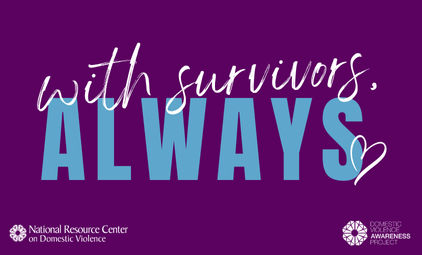"The mother who arrived at the doorstep of the Martha Diaz Shelter in Madera County with her two young children was terrified.
Terrified of the husband who’d raped and beaten her for seven years, held her captive in the house, and denied her medical care for the injuries he’d inflicted. Terrified because, in a fit of rage, he’d hurled a picture frame at her, which hit her baby. And terrified she’d be deported to Mexico and lose her children if she went to the police, or even entered the shelter.
'The only way she would go in the shelter, she made it very clear to us, was that her children had to be with her at all times, even if she went to the bathroom,' said Tina Rodriguez, who runs the domestic violence shelter serving mainly Latina and undocumented women. 'She’d heard stories about how (Immigration and Customs Enforcement) did raids and how they would … gather all the children and hold them separately while they arrest and detain the adults.' The woman, who arrived at the shelter early last year, had heard about recent raids in the community, in which an uncle had been detained and deported. As far as Rodriguez is aware, however, ICE has not targeted domestic violence shelters.
Rodriguez is encountering extreme fear among immigrant domestic violence victims a lot these days. Spooked by ICE raids in their communities, news of family separations at the border, and anti-immigrant policies from the federal government, undocumented domestic violence survivors are staying with abusers longer and shunning help, often at risk of their lives, victim advocates said.
Survivors who do come forward also face greater challenges to pursuing safety and stability than in the past. Since 2007, undocumented victims of domestic violence have been able to apply for a 'U visa' granting them legal status if they help police bring their abuser to justice. The purpose of the visas, when approved by Congress in 2000, was to improve public safety by encouraging crime victims to come forward."
Read the full article here. For more information on this topic, see the Responding to the Needs of Immigrant Survivors of Domestic Violence special collection.















